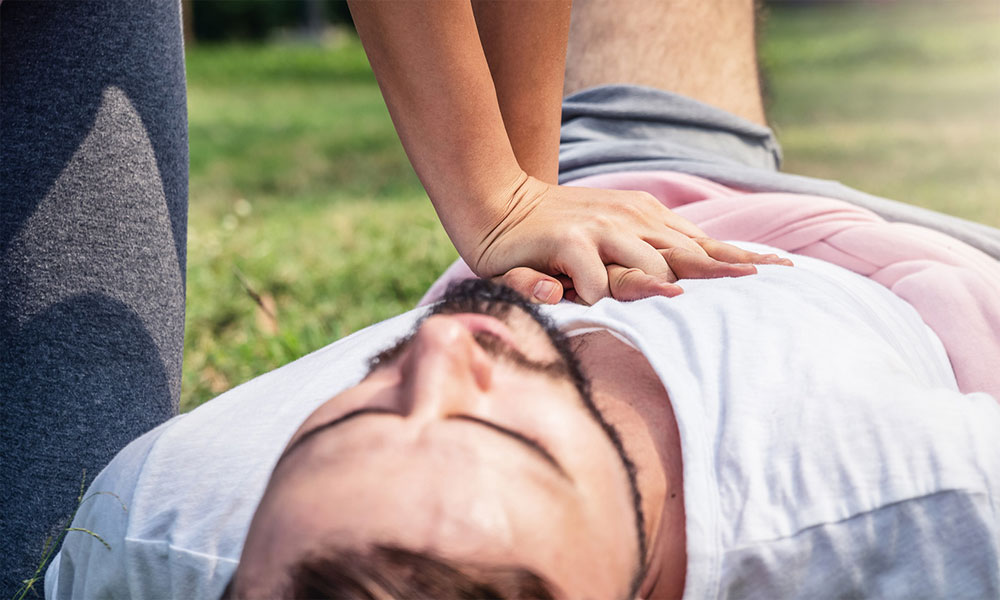
Had singer KK obtained cardiopulmonary resuscitation or CPR on time, he may have been saved, as per a medical skilled cited by media experiences.
The sudden demise of the favored singer on account of a cardiac arrest has steered consideration in direction of what ignorance about indicators and signs of a heart problem and the best way to do CPR can result in.
What is CPR?
It is an emergency process which mixes chest compressions with synthetic air flow. This is completed with the intention to protect an intact brain perform till medical help is round to revive spontaneous blood circulation and inhaling an persons who has suffered from a cardiac arrest.
“CPR or is a very simple procedure if you are trained on it or know how to do it. It just requires you to make the patient lie on a flat surface and give regular compression with the heel of your hands placed one over the other on the center of the chest at a rate of 100-120 beats per minute,” Dr. (Prof.) Mohan Nair, Director and Head – Cardiology, Asian Institute of Medical Sciences, informed us.
How to carry out a CPR?
According to American Red Cross, that is how your conduct a CPR:
- If you might be to carry out CPR on an individual, first verify the environment for security and use personal protecting gear (PPE).
- If the individual is unresponsive, verify for respiratory or any life-threatening bleeding. If the individual nonetheless doesn’t reply and isn’t respiratory however solely gasping, instantly name for medical assist or inform somebody to take action.
- Until then, place the individual on their back on a flat floor
- Next, give 30 chest compressions with two palms centered on the chest. The shoulders ought to immediately be over palms with elbows locked with a rate of 100 to 120 per minutes. Also, permit the chest to return to regular position post every compression.
- Give 2 mouth-to-mouth breaths after opening the airway to a past-neutral position. Make every breath lasts 1 second and make the chest rise. Before giving the following break, permit the air to be exhaled.
- Repeat the units of 30 chest compressions and a pair of breaths.
Most people across the affected person have no idea what to do in such instances and find yourself panicking. Stressing on the significance of CPR coaching, Dr Nair added, “Cardiac arrest can happen anywhere and it can affect anybody. So we all need to be trained, apart from just medical personnel, be it policemen, school children, college goers, heads of resident welfare associations, at least for this basic life support procedure.”
“Awareness that if the CPR is not given in under 3 minutes and there is no blood circulation, the patient can die, is highly needed. If CPR or immediate medical help was given to him, there were high chances, though not 100 percent, that he could have been saved.” Cardiac arrest and different heart diseases may very well be prevented by being vigilant about sure indicators your body displays.
What are the indicators and signs of a cardiac arrest
Following are the warning indicators of a cardiac arrest:
- Unexplored or unprovoked sweating
- Squeezing within the chest
- Chest pain
- Feeling of faintness
Prevention
“There are protocols when you have these symptoms and it says to stop all activity, and if you can get hold of a chewable Disprin, take a tablet. Always have emergency numbers with you, not just friends or family, but also medical contacts,” in accordance with Dr Nair.
Last however not the least, people after a sure age needs to be usually checked for his or her heart health. The most educated people suppose that their chest pain is perhaps on account of bloating or digestive issues they usually take antacids as a substitute. So any warning indicators shouldn’t be ignored in any respect. Keep your heart healthy!